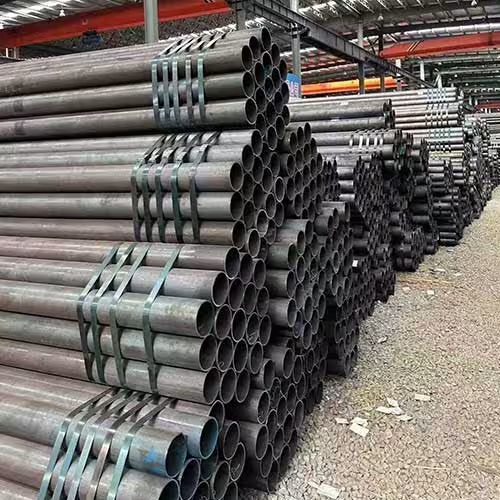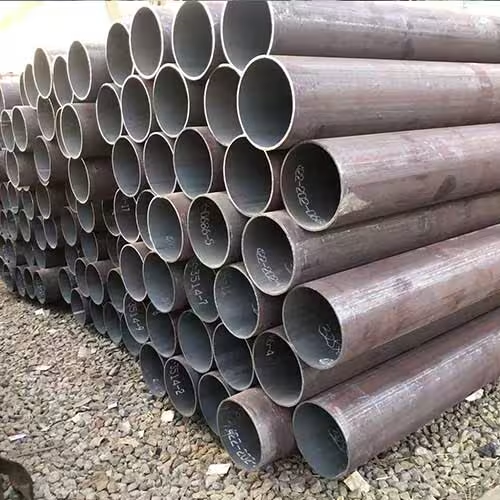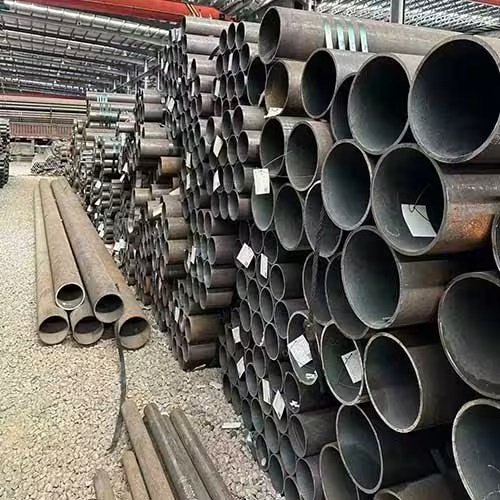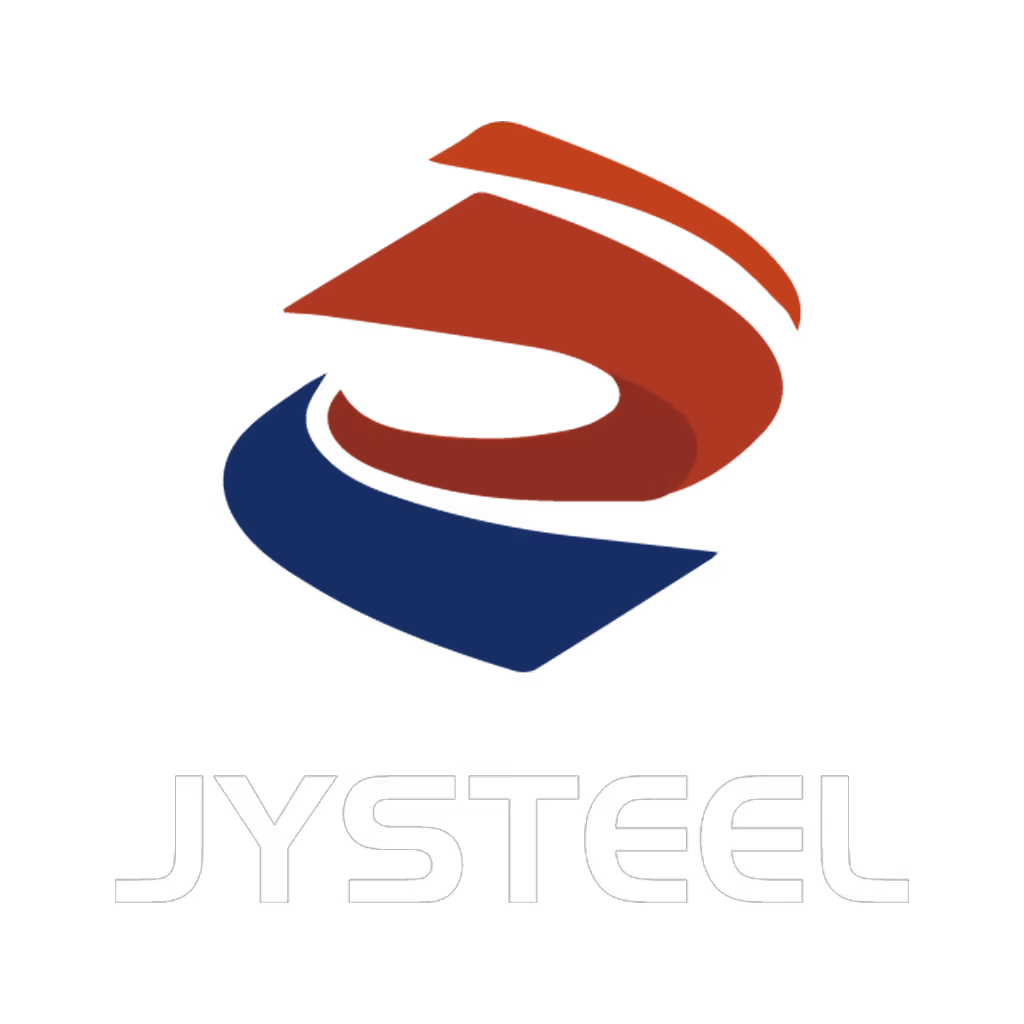Welcome to My Blog!
Before we dive into the content, I’d love for you to join me on my social media platforms where I share more insights, engage with the community, and post updates. Here’s how you can connect with me:
Facebook:https://www.facebook.com/profile.php?id=61565500692293
Now, let’s get started on our journey together. I hope you find the content here insightful, engaging, and valuable.
Table of Contents
Introduction
When it comes to industrial and construction projects, selecting the appropriate type of carbon steel pipe is crucial. Carbon steel pipes are widely used due to their versatility, durability, and cost-effectiveness. They are employed in various applications, including plumbing, oil and gas transportation, structural support, and more. Understanding the different types of carbon steel pipes and their specific characteristics can help you make an informed decision to ensure the success and longevity of your project.
In this comprehensive blog, we will delve into the various types of carbon steel pipes, their properties, applications, and factors to consider when choosing the right one for your needs.
Understanding Carbon Steel Pipes

Definition and Composition of Carbon Steel Pipes
Carbon steel pipes are made from a combination of iron and carbon, with carbon being the primary alloying element. The carbon content in these pipes typically ranges from 0.05% to 2.1% by weight. This composition gives carbon steel pipes their unique properties, such as high strength, toughness, and resistance to wear and tear. The amount of carbon in the steel determines its hardness and ductility. Higher carbon content results in a harder and stronger pipe, but it may also reduce its ductility and weldability.
Manufacturing Process of Carbon Steel Pipes
The manufacturing process of carbon steel pipes involves several steps. First, the raw materials, such as iron ore and scrap steel, are melted in a furnace to form molten steel. The molten steel is then poured into molds to create steel billets or slabs. These billets or slabs are subsequently rolled into pipes of various sizes and shapes. The pipes can be produced using different methods, such as seamless or welded manufacturing processes. Seamless pipes are made by piercing a solid steel billet and then rolling it into a pipe shape without any seams. Welded pipes, on the other hand, are formed by rolling a steel plate into a cylindrical shape and then welding the seam together.
Types of Carbon Steel Pipes

Seamless Carbon Steel Pipes
Seamless carbon steel pipes are manufactured without any seams, making them highly durable and resistant to leaks and corrosion. They are produced by piercing a solid steel billet and then rolling it into a pipe shape. The absence of seams ensures uniform strength throughout the pipe, making it ideal for high-pressure applications. Seamless pipes are commonly used in the oil and gas industry, chemical processing plants, and other industries where reliability and safety are of utmost importance.
Welded Carbon Steel Pipes
Welded carbon steel pipes are made by rolling a steel plate into a cylindrical shape and then welding the seam together. They are generally less expensive than seamless pipes and are available in a wide range of sizes and thicknesses. Welded pipes are suitable for applications where the pressure requirements are not as high as those for seamless pipes. They are commonly used in construction, plumbing, and general industrial applications. However, it is important to note that the quality of the weld can affect the overall strength and integrity of the pipe, so proper welding techniques and quality control measures must be in place.
Galvanized Carbon Steel Pipes
Galvanized carbon steel pipes are coated with a layer of zinc to protect them from corrosion. The galvanization process involves immersing the steel pipe in a bath of molten zinc, which forms a protective zinc-iron alloy layer on the surface of the pipe. This coating provides excellent corrosion resistance, making galvanized pipes suitable for outdoor applications and environments with high moisture levels. They are commonly used in plumbing systems, agricultural irrigation, and structural applications where exposure to the elements is a concern.
Black Carbon Steel Pipes
Black carbon steel pipes are uncoated and have a black surface finish. They are typically used in applications where corrosion resistance is not a major concern, such as indoor plumbing, heating systems, and general industrial applications. Black pipes are more susceptible to rust and corrosion compared to galvanized pipes, so they require proper maintenance and protection to ensure their longevity. They are available in various sizes and thicknesses and are known for their strength and durability.
Mechanical Properties of Carbon Steel Pipes
| Type of Carbon Steel Pipe | Tensile Strength (MPa) | Yield Strength (MPa) | Elongation (%) | Hardness (HB) |
|---|---|---|---|---|
| Seamless Carbon Steel Pipe | 485 – 620 | 275 – 345 | 20 – 25 | 130 – 160 |
| Welded Carbon Steel Pipe | 415 – 550 | 240 – 310 | 22 – 28 | 120 – 150 |
| Galvanized Carbon Steel Pipe | 450 – 580 | 260 – 330 | 21 – 26 | 125 – 155 |
| Black Carbon Steel Pipe | 430 – 560 | 250 – 320 | 23 – 27 | 120 – 145 |
Factors to Consider When Choosing Carbon Steel Pipes

Application Requirements
The specific application for which the carbon steel pipe will be used is a critical factor in the selection process. Different applications have varying requirements in terms of pressure, temperature, corrosion resistance, and mechanical properties. For example, pipes used in the oil and gas industry need to withstand high pressures and corrosive environments, while pipes used in plumbing systems may have different requirements. Understanding the specific needs of your application will help you choose the appropriate type of carbon steel pipe.
Pressure and Temperature Ratings
Carbon steel pipes have different pressure and temperature ratings based on their type and manufacturing process. Seamless pipes generally have higher pressure ratings due to their uniform strength and lack of seams. The temperature ratings also vary, with some pipes being suitable for high-temperature applications, while others may be more appropriate for ambient temperature conditions. It is essential to select a pipe that can handle the maximum pressure and temperature expected in your application to ensure safe and reliable operation.
Corrosion Resistance
Corrosion is a significant concern when it comes to carbon steel pipes, especially in environments with high moisture levels or exposure to corrosive substances. Galvanized pipes offer excellent corrosion resistance due to their zinc coating, making them suitable for outdoor applications and environments with high humidity. However, in some cases, additional corrosion protection measures, such as coatings or linings, may be required to enhance the corrosion resistance of black pipes.
Cost Considerations
While cost should not be the sole determining factor in selecting a carbon steel pipe, it is an important consideration, especially for large-scale projects. Seamless pipes are generally more expensive than welded pipes due to their manufacturing process and higher strength. Galvanized pipes may also have a higher initial cost compared to black pipes due to the galvanization process. However, it is important to consider the long-term cost implications, such as maintenance and replacement costs, which can be influenced by the pipe’s durability and corrosion resistance.
Availability and Standards
The availability of carbon steel pipes in the desired size, thickness, and type is another factor to consider. It is important to ensure that the pipes you need are readily available from reliable suppliers. Additionally, it is crucial to select pipes that meet the relevant industry standards and specifications. Standards such as ASTM, API, and ISO provide guidelines for the manufacturing, testing, and performance of carbon steel pipes, ensuring their quality and consistency.
Conclusion
Choosing the right type of carbon steel pipe is essential for the success and longevity of your project. By understanding the different types of carbon steel pipes, their properties, and the factors to consider in the selection process, you can make an informed decision that meets your specific application requirements.
Whether you need seamless pipes for high-pressure applications, welded pipes for general industrial use, galvanized pipes for corrosion resistance, or black pipes for indoor plumbing, there is a carbon steel pipe option that suits your needs. Always consult with experts and refer to industry standards to ensure you select the most suitable pipe for your project.
FAQ
What are the main types of carbon steel pipes?
The main types of carbon steel pipes are seamless carbon steel pipes, welded carbon steel pipes, galvanized carbon steel pipes, and black carbon steel pipes. Each type has its own unique properties and applications.
How do I choose between seamless and welded carbon steel pipes?
Seamless carbon steel pipes are generally preferred for high-pressure applications due to their uniform strength and lack of seams. Welded pipes are more cost-effective and available in a wider range of sizes and thicknesses, making them suitable for general industrial and plumbing applications. The choice depends on the specific pressure requirements and budget constraints of your project.
What is the advantage of galvanized carbon steel pipes?
Galvanized carbon steel pipes have a zinc coating that provides excellent corrosion resistance. This makes them ideal for outdoor applications and environments with high moisture levels, such as plumbing systems, agricultural irrigation, and structural applications exposed to the elements.
Are black carbon steel pipes suitable for outdoor use?
Black carbon steel pipes are more susceptible to rust and corrosion compared to galvanized pipes. While they can be used outdoors, they require proper maintenance and protection, such as painting or coating, to prevent corrosion. In environments with high humidity or exposure to corrosive substances, galvanized pipes are generally a better choice.
What factors should I consider when selecting carbon steel pipes?
When selecting carbon steel pipes, consider factors such as application requirements, pressure and temperature ratings, corrosion resistance, cost, availability, and industry standards. These factors will help you choose the most suitable type of carbon steel pipe for your specific project needs.

